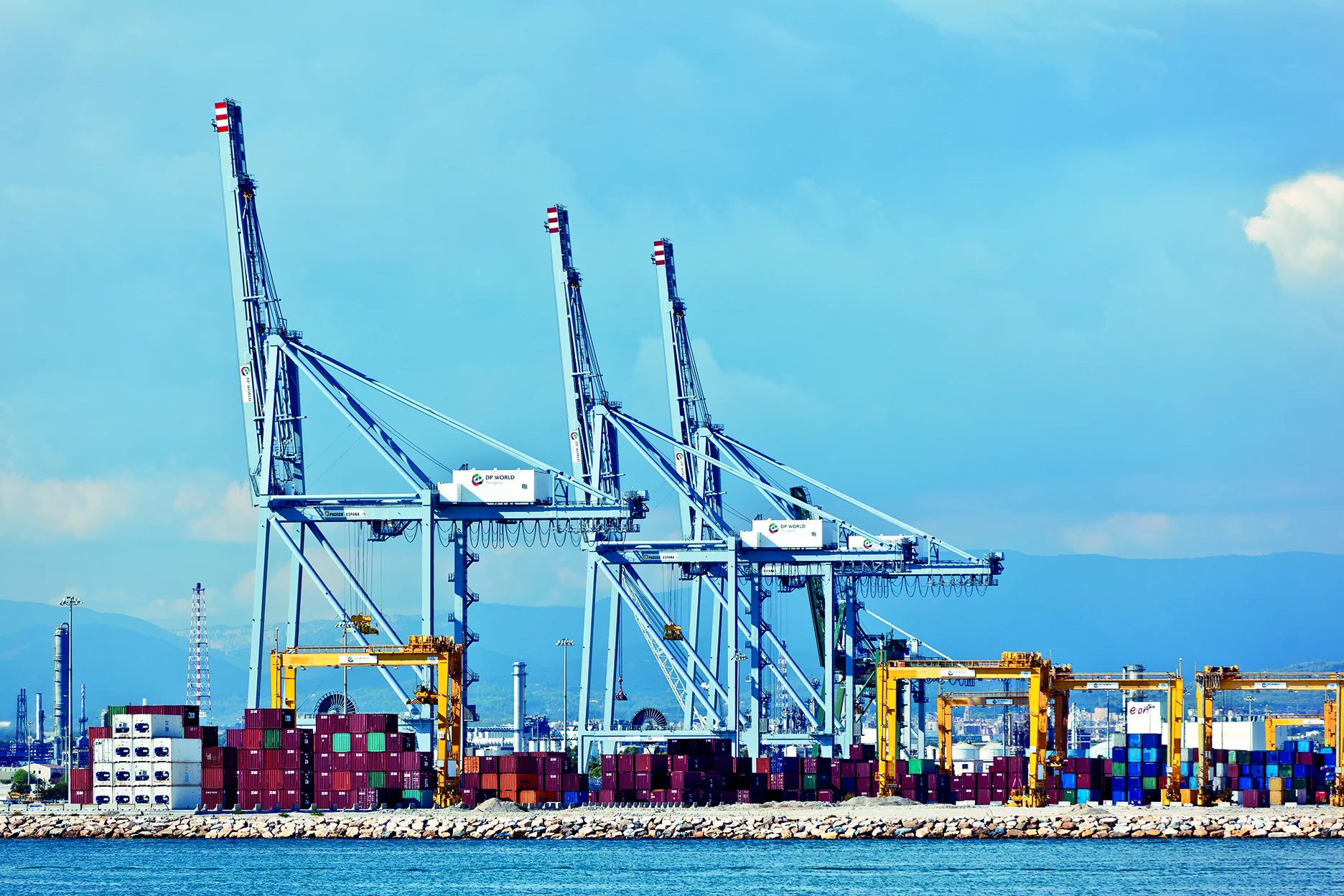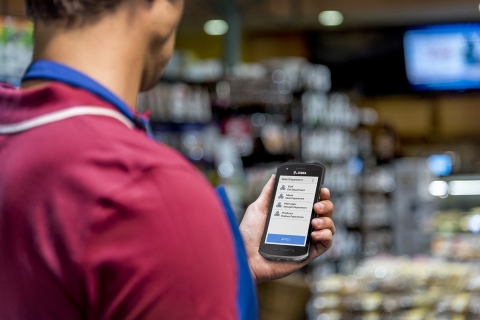A Gartner, Inc, survey of 260 global supply chain leaders in February and March 2020 found that 33% had moved sourcing and manufacturing activities out of China or plan to do so in the next two to three years. Survey results show that the COVID-19 pandemic is only one of several disruptions that have put global supply chains under pressure.
“Global supply chains were being disrupted long before COVID-19 emerged,” said Kamala Raman, senior director analyst with the Gartner Supply Chain Practice. “Already in 2018 and 2019, the U.S.-China trade war made supply chain leaders aware of the weaknesses of their globalized supply chains and question the logic of heavily outsourced, concentrated and interdependent networks. As a result, a new focus on network resilience and the idea of more regional manufacturing emerged. But this kind of change comes with a price tag.”
For decades, China has been the go-to destination for high-quality, low-cost manufacturing, and it has established itself as a key source of supply for almost all major industries including retail and pharmaceutical. However, Gartner research showed that the margin between those companies planning to add jobs in China versus taking them away narrowed sharply in 2019. The primary reason is the increase in tariff costs.
“We have found that tariffs imposed by the U.S. and Chinese governments during the past years have increased supply chain costs by up to 10% for more than 40% of organizations. For just over one-quarter of respondents, the impact has been even higher,” Raman said. “Popular alternative locations are Vietnam, India, and Mexico. The second main reason for moving business out of China is that supply chain leaders want to make their networks more resilient.”
Only 21% of survey respondents believe that they have a highly resilient network today – meaning that they have good visibility and the agility to shift sourcing, manufacturing and distribution activities around quickly. However, 55% expect to have a highly resilient network in the next two to three years – a reaction to disruptions such as Brexit, the trade war and COVID-19. However, resilience has a price. Fifty-eight percent of respondents agree that more resilience also results in additional structural costs to the network.
“We are at a crossroads in the evaluation of global supply chains that pits just-in-time systems designed to improve operational efficiency against just-in-case plans that emphasize planning and preparing for a range of plausible scenarios,” Raman added. “To find balance, supply chain leaders must engage in risk management to assess their organization’s willingness to take risk onboard and decide how to quantify that risk against other network objectives such as cost effectiveness.”
One-quarter of survey respondents stated that they have already regionalized or localized manufacturing to be closer to demand. Despite the cost of adding more players to the ecosystem and increasing the overall network complexity, regional supply chains can ease delays and shortages in times of disruption – if the model is economically viable.
“Many Western organizations will have to explore new forms of automation on the factory floor to decrease the costs of near- or onshore production. Some also favour a partial option, such as manufacturing in Asia and moving only the final assembly closer to the customer,” Raman concluded.







